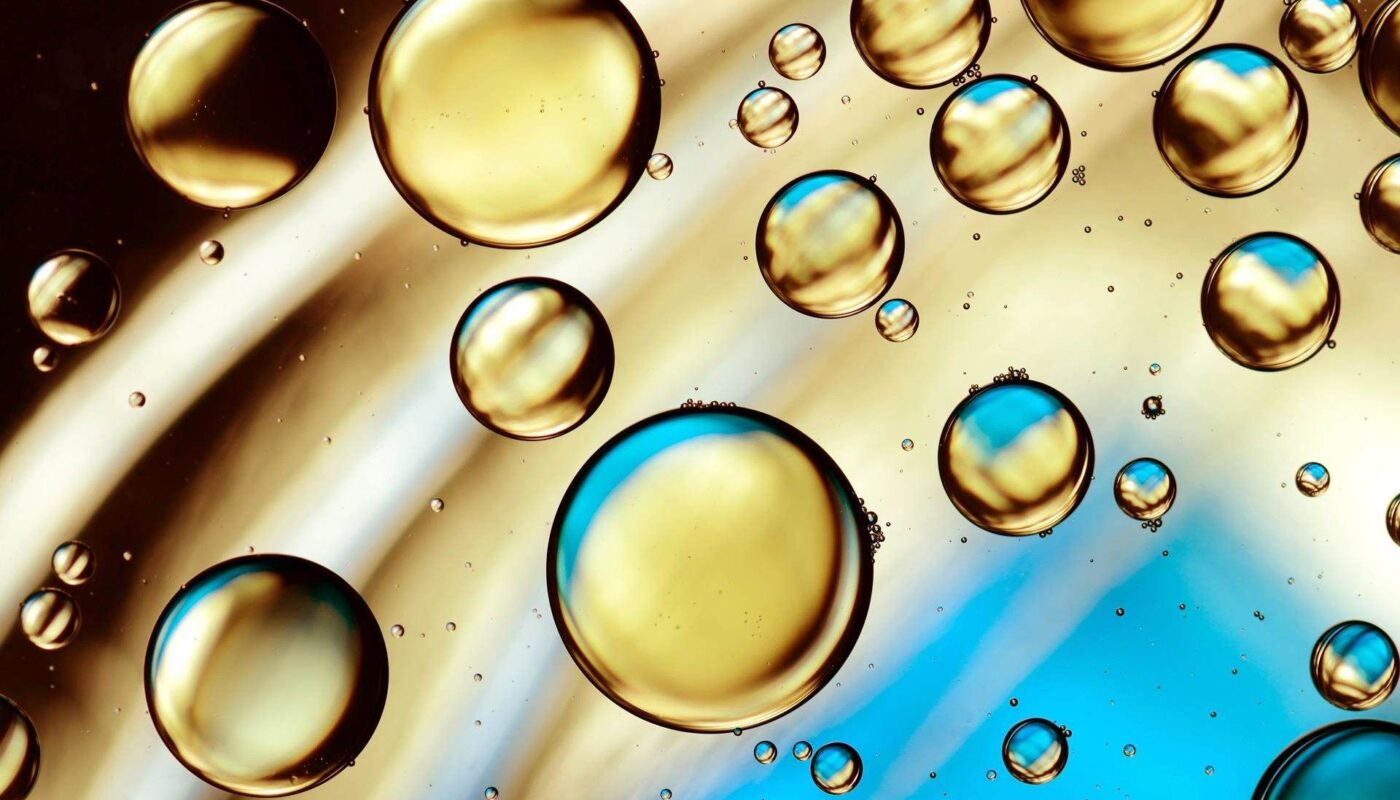Surfactants are compounds that lower the surface tension of liquids, and help dissolve oils and dirt. They are commonly found in household cleaning products like soaps, shampoos, detergents etc. Anionic surfactants are the most widely used class of surfactants in the world due to their effective cleaning and foaming properties. This article discusses the key aspects of anionic surfactants including their structure, properties, uses and environmental impact.
Structure of Anionic Surfactants
Anionic surfactants have a hydrophilic (water-loving) “head” and a hydrophobic (water-fearing) “tail”. The hydrophilic head contains negatively charged groups like carboxylate, sulfate and sulfonate which make the surfactant molecule water soluble.
The hydrophobic tail is typically a long hydrocarbon chain containing 12-16 carbon atoms. This non-polar tail prefers to associate with oils, greases and other non-polar substances rather than water.
Some common examples of Anionic Surfactant heads include carboxylates such as sodium lauryl sulfate, alkyl sulfates such as sodium dodecyl sulfate; and sulfonates such as sodium dodecyl benzene sulfonate. The hydrophobic tail is typically a linear or branched alkyl group.
Properties and Applications
Due to their charged head groups, anionic surfactants strongly adsorb onto any surface in contact with water. This property along with their affinity for non-polar substances allows them to effectively emulsify and dissolve oils, greases and dirt.
Their efficiency in reducing surface tension is responsible for the excellent wetting, foaming and detergency properties of anionic surfactants. These characteristics make them hugely popular in personal care products and household cleaners.
Some key applications of anionic surfactants include:
– Soaps and detergents: Sodium lauryl sulfate and alkylbenzene sulfonates are the workhorses of the detergent industry due to high cleaning power and mild action on skin.
– Shampoos and body washes: Sodium laureth sulfate and sodium cocoamphoacetate provide rich lather and gentle cleansing of hair and skin.
– Dishwashing liquids: Linear alkylbenzene sulfonates help remove greasy soils from utensils.
– Industrial and institutional cleaners: Alkyl sulfates effectively emulsify oily soils in formulations for hard surface cleaners.
– Textile processing: Used as dispersants, leveling and wetting agents in fabric treatment and dyeing operations.
Environmental and Health Impacts
While anionic surfactants have served important cleaning needs, some environmental and health issues have arisen due to their widespread use:
– Foaming in surface waters: Surfactants from wastewater can persist and cause foaming problems in rivers and lakes downstream. This affects aquatic life and aesthetics of water bodies.
– Biodegradability: Shorter chain anionics are readily degraded by microbes but those with C12-14 chains have slower breakdown. This affects water purification load.
– Toxicity to aquatic organisms: Short term exposures to anionic surfactants above 1-10 ppm concentration can impact respiration and development of fish and other species.
– Eye and skin irritancy: Prolonged contact with high concentrations can cause irritation, redness or drying of skin and eyes in sensitive individuals.
Industry and regulators are working to address these impacts through safer formulations, effective wastewater treatment, biodegradation research and substitution with ethoxylated and bio-based surfactants where needed. Overall, smarter product design and environmental stewardship is key to ensure sustainable use of anionic surfactants.
Future Directions and Conclusions
With growing concerns around chemicals and petroleum sourcing, natural and biosourced anionics are gaining attention. Examples include sodium laurate from coconut and palm oils, sodium coco sulfate from coconut, and sodium lauroamphoacetate from sugarcane. Some advantages of these are biodegradability, skin compatibility and renewable resource base.
Research areas to enable a more sustainable future include developing surfactants from novel bio-feedstocks like algal oils, synthesizing greener surfactant structures, and engineering microbes for surfactant production. Overall, anionic surfactants will continue playing an important role in a variety of formulations through innovative product design coupled with responsible manufacturing and use. With smart choices, these workhorse chemicals can truly balance superior performance and environmental protection.
*Note:
1. Source: Coherent Market Insights, Public sources, Desk research
2. We have leveraged AI tools to mine information and compile it




